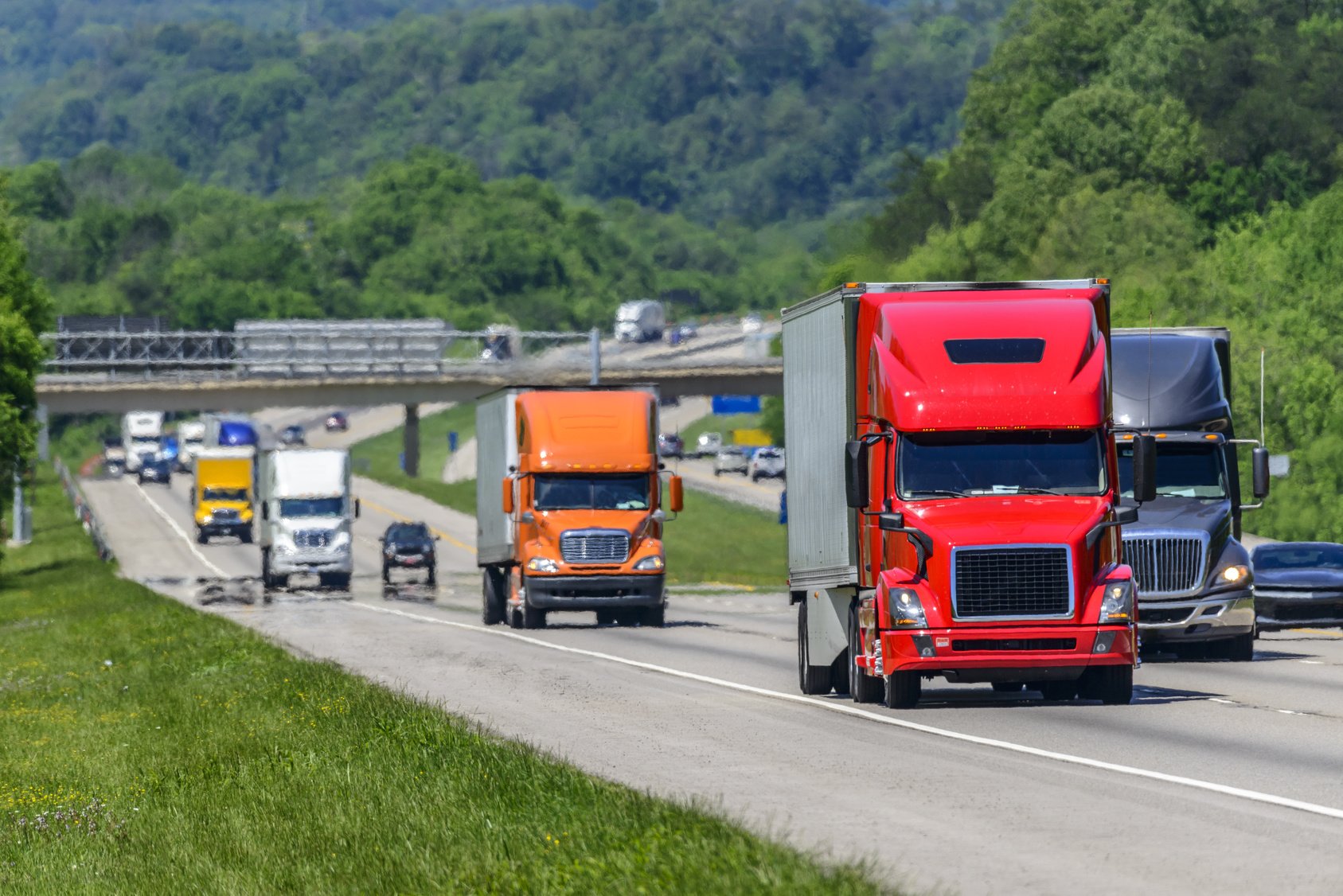At this time, the heating and combustion industry is putting the pieces in place for one of the biggest steps toward carbon neutrality in history: the large-scale implementation of green, bio-based fuels, including renewable diesel and FAME biofuels (biodiesel). As biofuel research and trials continue to show evidence of the green segment's opportunity to slash greenhouse gas emissions in both the transportation and heating markets, fuel companies and distributors have a lot to consider when it comes to the logistics and distribution of these innovative green biofuels.
In this post, we'll discuss the potential implications to the heating industry when it comes to the logistics and implementation of green biofuels and what considerations fuel marketers will need to make based on the characteristics of the different types of biofuel.
Heating Oil Distribution and Logistics
Transportation and heating fuels are similar in many ways, including production, usage, and distribution. Usage volumes of each show much greater utilization of transportation diesel than #2 heating oil. This pattern has historically affected the heating oil segment, seating heating oil second at the proverbial table. History shows that when transportation diesel sulfur level standards changed, “old spec” diesel was directed to the heating oil market for sale and distribution. Some of that product created headaches for oil dealers, especially when customers encountered fuel-related no heat situations.
Bulk distribution of fuels, albeit refined petroleum or natural gases, is accomplished by a network of pipelines that flow from the point of origin to distribution. These pipelines have delivered product safely and efficiently for years. However, there are areas that are not directly serviced by these pipelines, and these areas may be points of origin for regional pipelines or simply rack distribution. They are served by bulk tankers, either over the road or maritime shipments. If pipelines are part of the distribution network, the products must be fungible and meet specifications that would not negatively affect aviation fuels. For this reason, hygroscopic FAME based bio-fuels, also known as biodiesel, are not intermixed by delivery through the pipelines. Any residual FAME based product could catastrophically contaminate aviation fuels; catastrophic as the presence of water could cause frozen fuel lines.

Implementation of FAME Biofuels and Renewables
As carbon neutrality is the buzz word in the industry, we've come to a turning point in the biofuel discussion. As evidenced by biofuel trials and initiatives in New York city, we've seen that bio-based fuels will meet this goal, but commerce demands efficiency. In this case, using the existing distribution network is the most efficient, especially when timelines to make the change are looming. Can FAME based fuels help? Of course; that has been proven. Will FAME based fuels support the transportation segment? Unfortunately, not if the network of pipelines are used for distribution. Cost, timeliness, and safety are all delivery factors that have to be considered.
When a global view is taken, the choice of FAME based fuels versus renewables weighs renewable as the logical choice. But does that discredit the use of FAME based products? No, it simply shows how FAME works regionally rather than globally
Other factors arise in the implementation discussion as well. First and foremost is acceptance of the two products. Renewable and FAME products are produced to meet established standards, set by ASTM. Presently, only renewable is recognized as a product that is fungible with the pipeline fuels for distribution through current pipelines. Further, renewable can be used “as delivered” without new concerns for cloud and/or pour points of the product. Renewable is recognized as a product that is similar to legacy “fossil” fuels., allowing for utilization without fuel system modifications. This is especially important in the transportation segment, which enjoys the higher cetane ratings of each bio based fuel, a factor that makes the fuel combust easier at lower temperatures. However, blend issues are not pronounced with renewable, allowing virtually seamless transition to this fuel.
When considering the implementation requirements and potential for both FAME based biofuels and renewable diesel, the characteristics of each are simply more suited for different distribution situations. However, in reaching toward the goal of carbon neutrality, both fuels provide important environmental benefits over fossil fuels.


